I live near the western edge of Henderson County in Texas. It’s a fairly flat area with few outcrops of any kind exposed, and even when they are, they aren’t very fossiliferous. The county just west of me is Navarro County, and it does actually have some formations that hold fossils. But I haven’t had much luck finding anything in Navarro County. I keep looking, since it’s so close. I did a long hike down a Navarro County creek yesterday. For most of the day, it looked like another of those trips where I just don’t find anything. But one thing I’ve learned about fossil hunting is that even after hours of unproductive searching, it only takes one small spot to make you end up bringing home some cool stuff. Yesterday, I eventually found that small spot.
The area I hunted is Wolfe City formation. I just didn’t have any luck finding anything in the gravel bars in the creek, or in the outcrops themselves. But I did stumble on an outcrop that had some fossils in the mud just below it. For those who enjoy “Find the fossil”, here are some in situ photos. That pick is small. The handle is about 55 mm long. Click the photos to be able to zoom in and get a closer look.
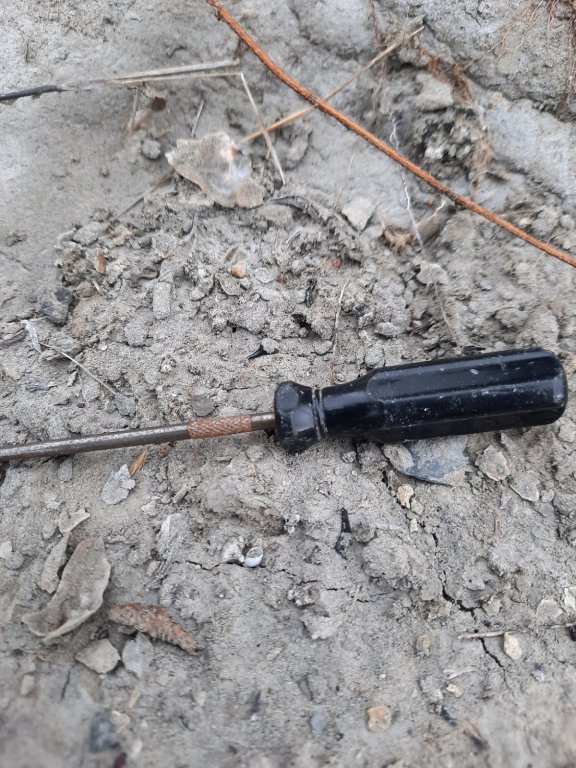


And here is what I brought home. Excuse the quality of my photos today. It is very dark with serious rain outside, so I did the best I could for lighting indoors.
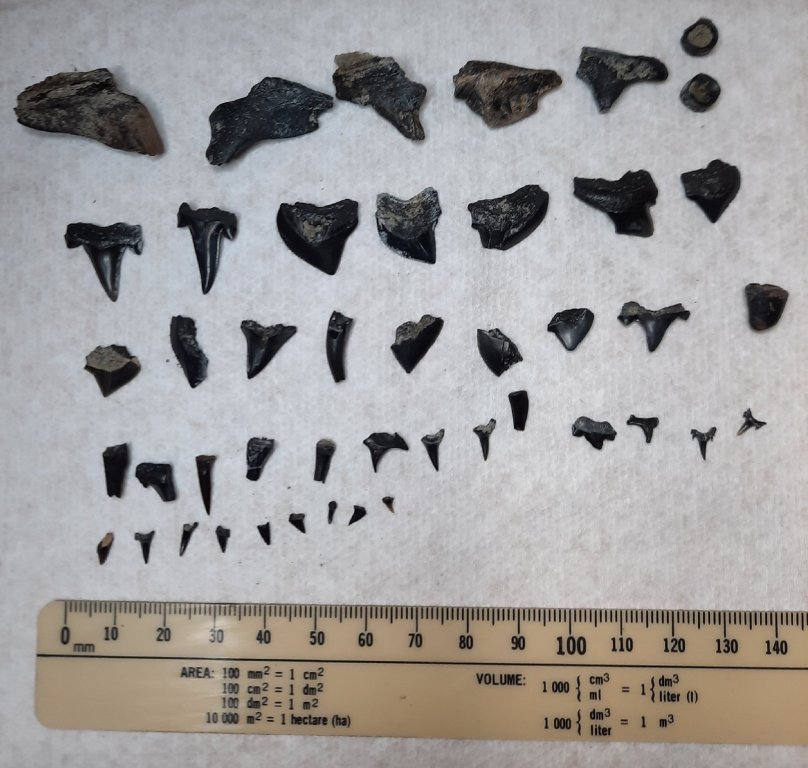
There were some interesting bone bits. These first four all look like Enchodus jaw pieces to me, including part of a fang.
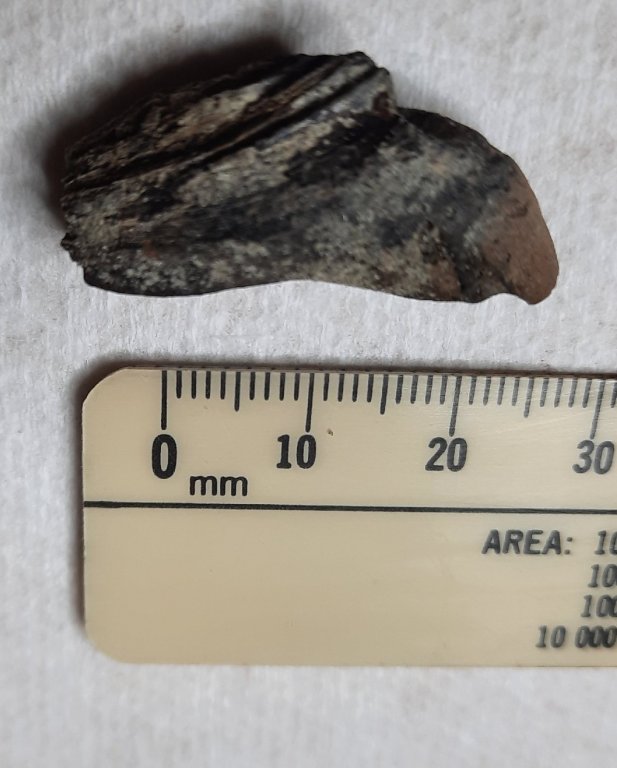



This is an interesting bone bit, but I’m not sure what it’s from. I took a photo of each side.
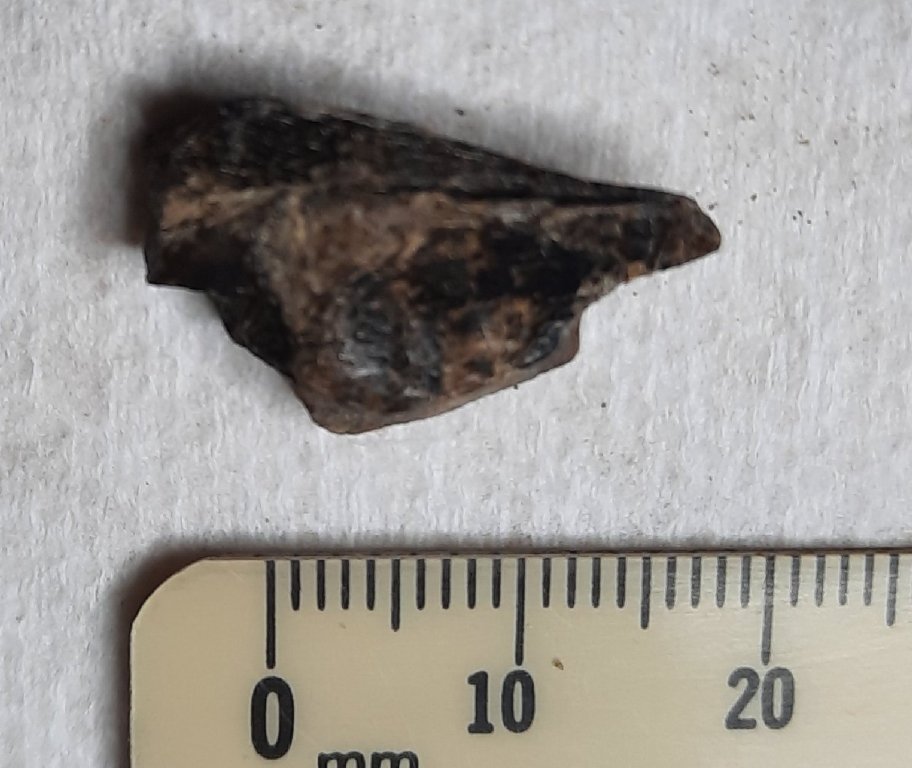

These two small fish verts are the same size.

And the teeth. I love these first two teeth. These are the smallest Lamniform teeth I’ve ever found with the cusplets intact. I didn’t realize it until I got it under the microscope, but this first tooth actually has double cusplets on both sides.
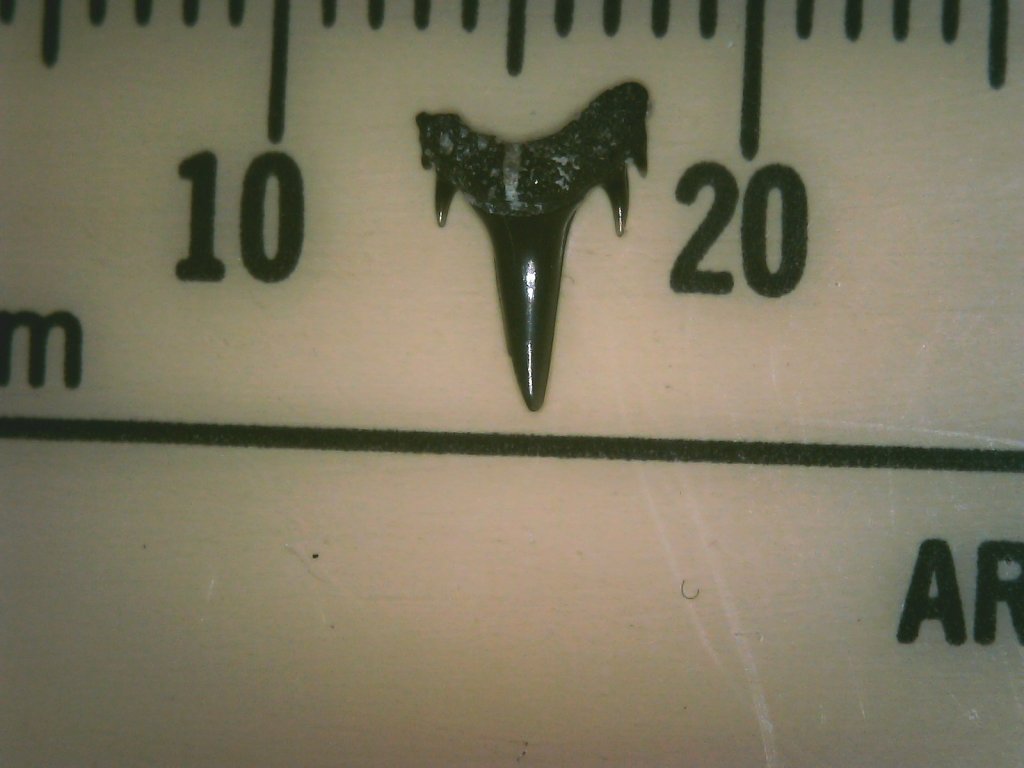
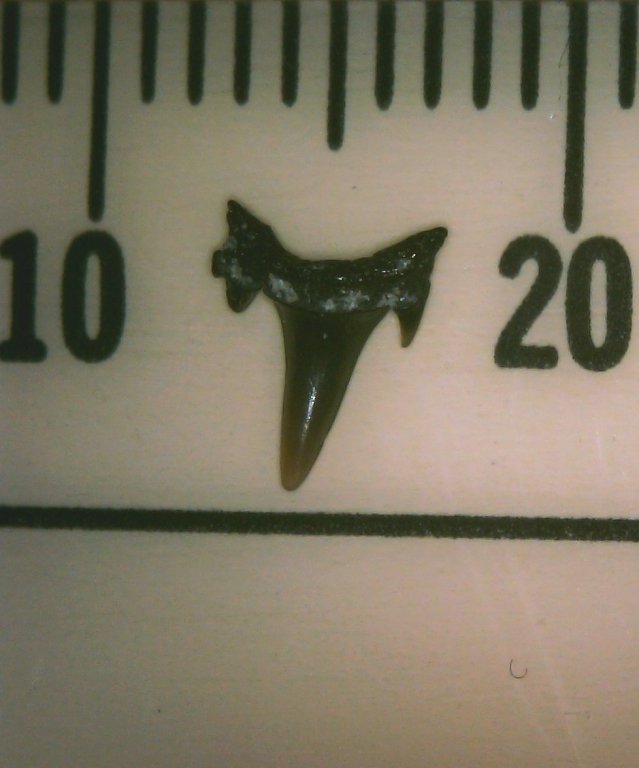
Most of the Squalicorax teeth I found yesterday were broken, but there were a few in better shape. I do believe this first one is the biggest Squalicorax I’ve found.
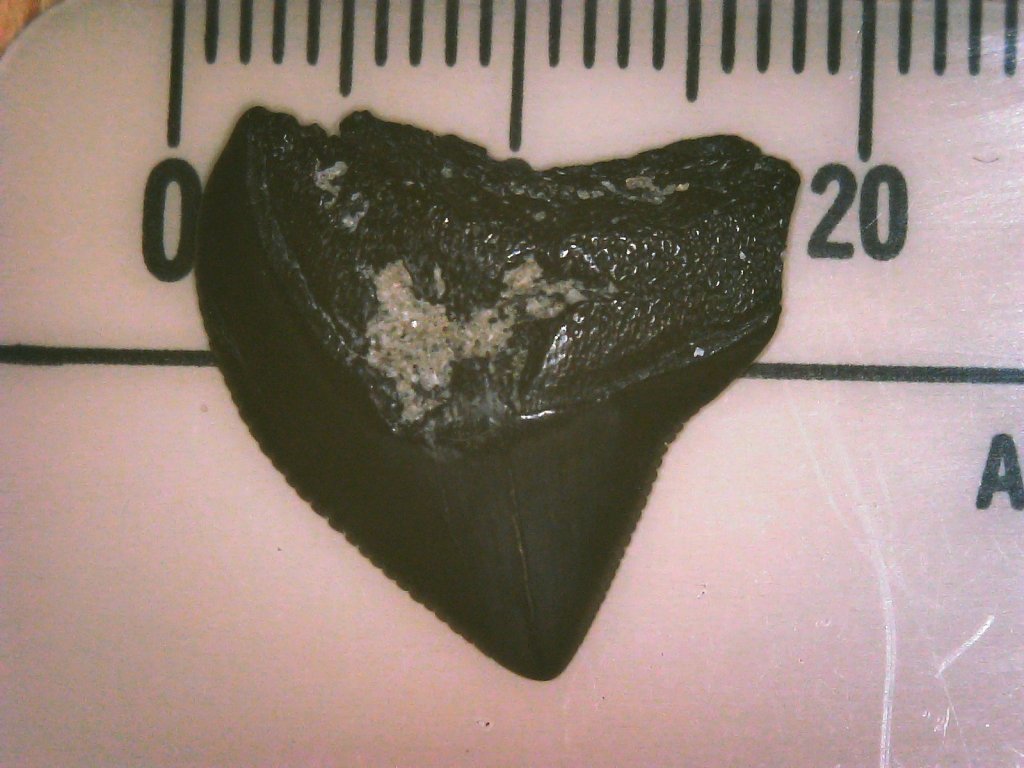


Yesterday’s Lamniform teeth weren’t very large. Here are the biggest of the bunch.

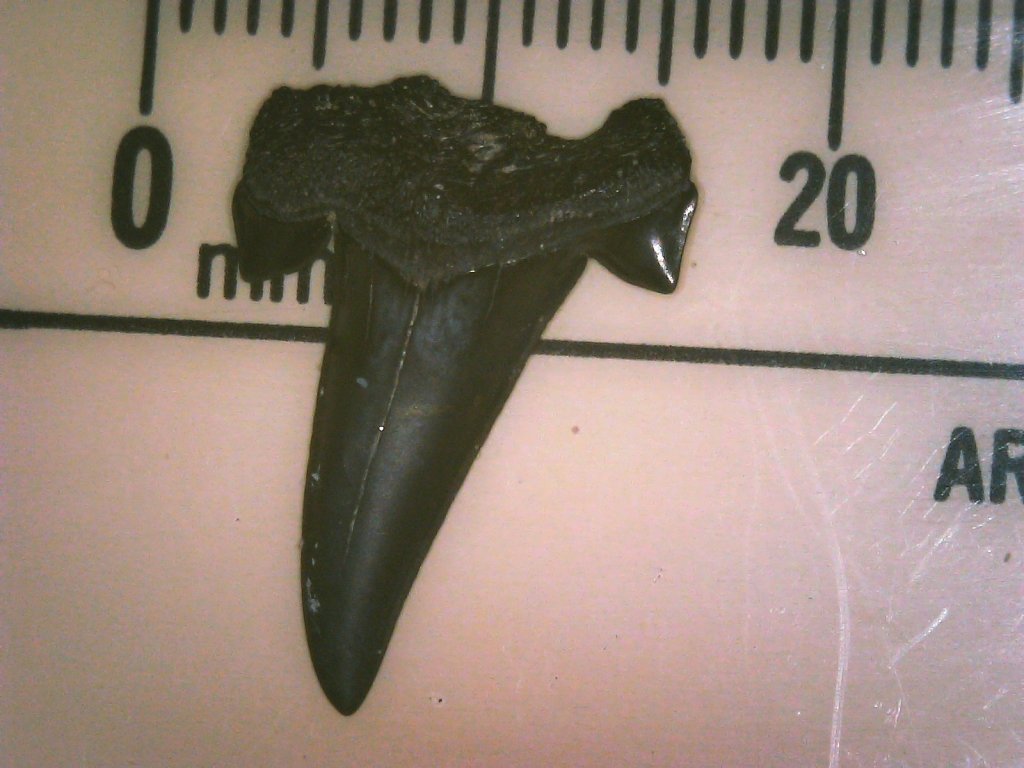
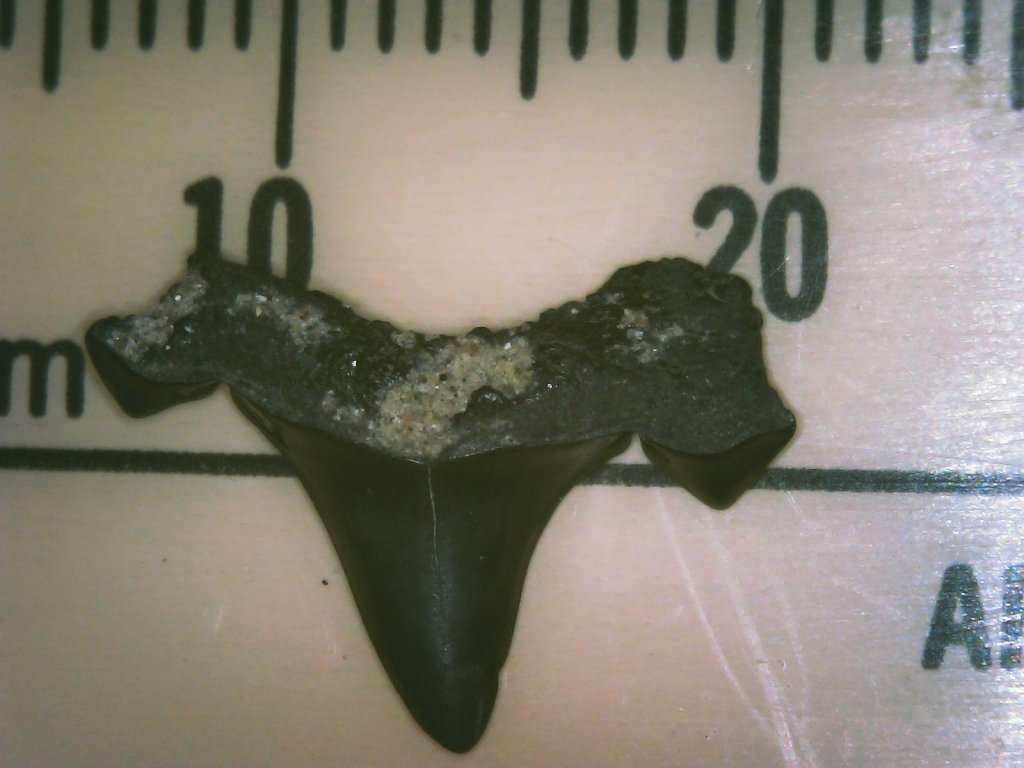
This tooth looked very unusual to me, as large as the cusplets are, compared to the main cusp.

Other teeth. This first one is the smallest tooth of the day.

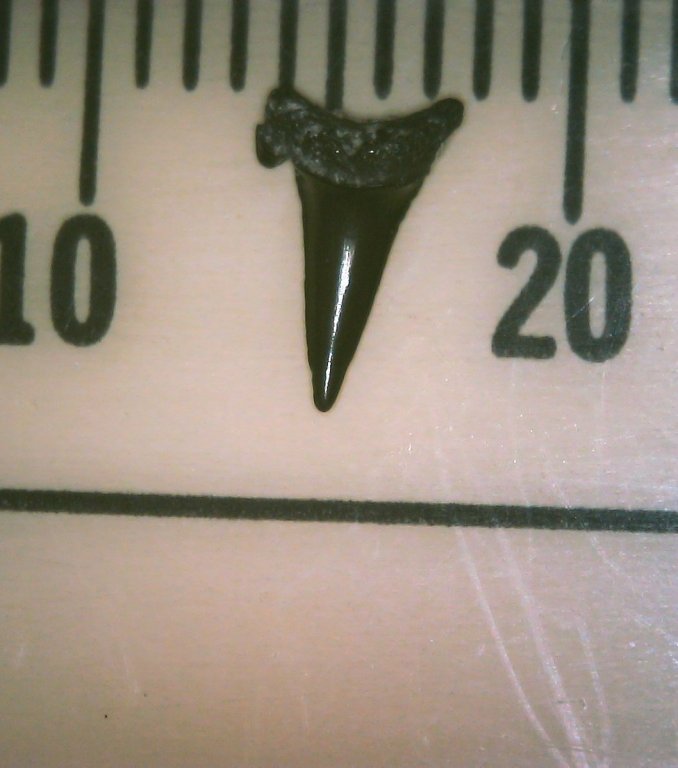
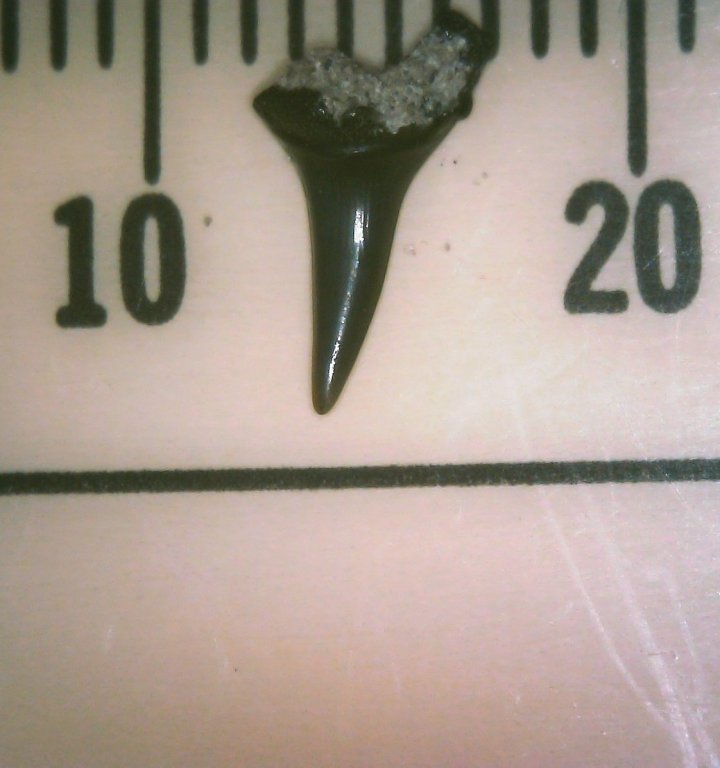



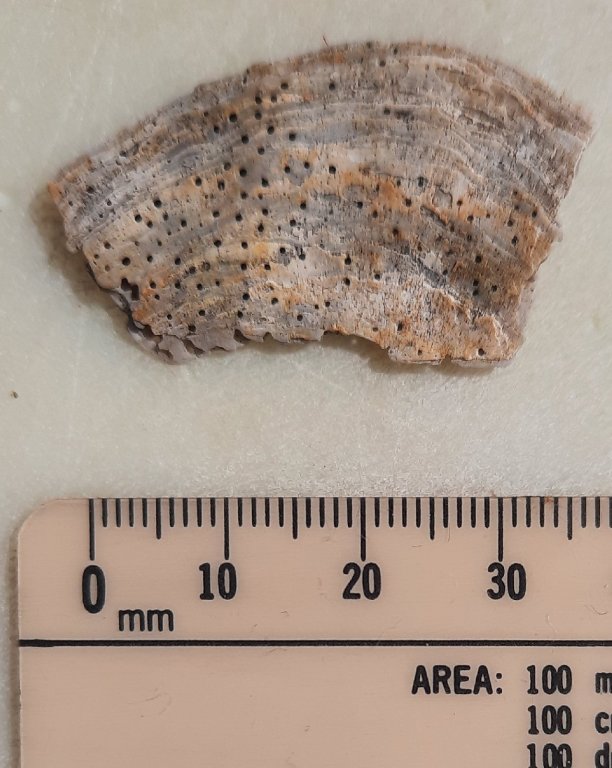


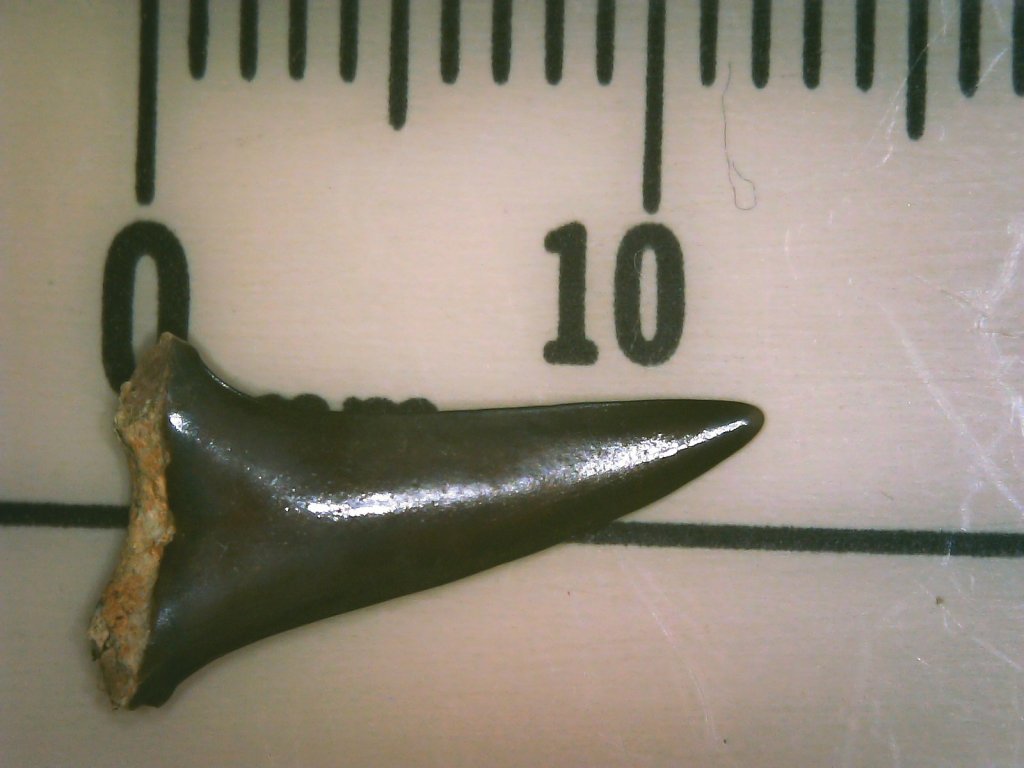
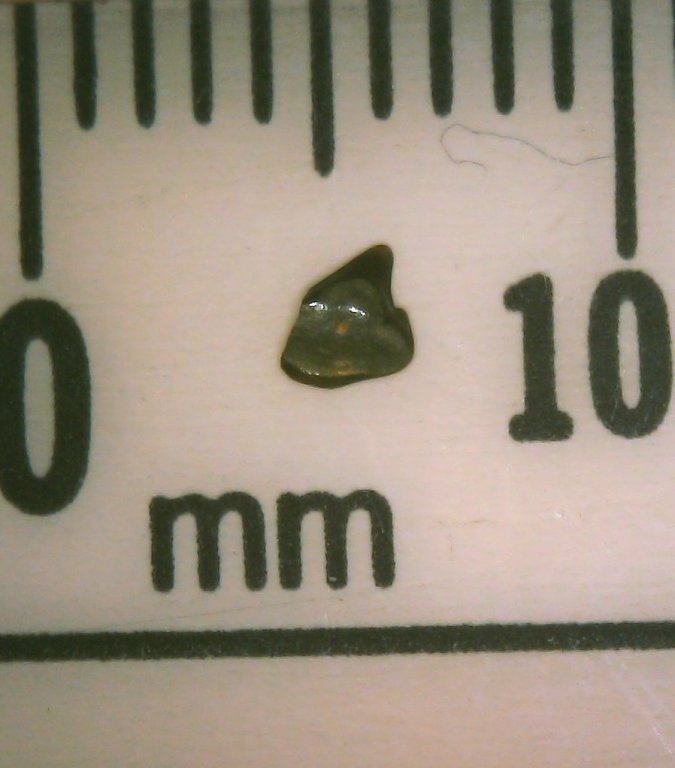
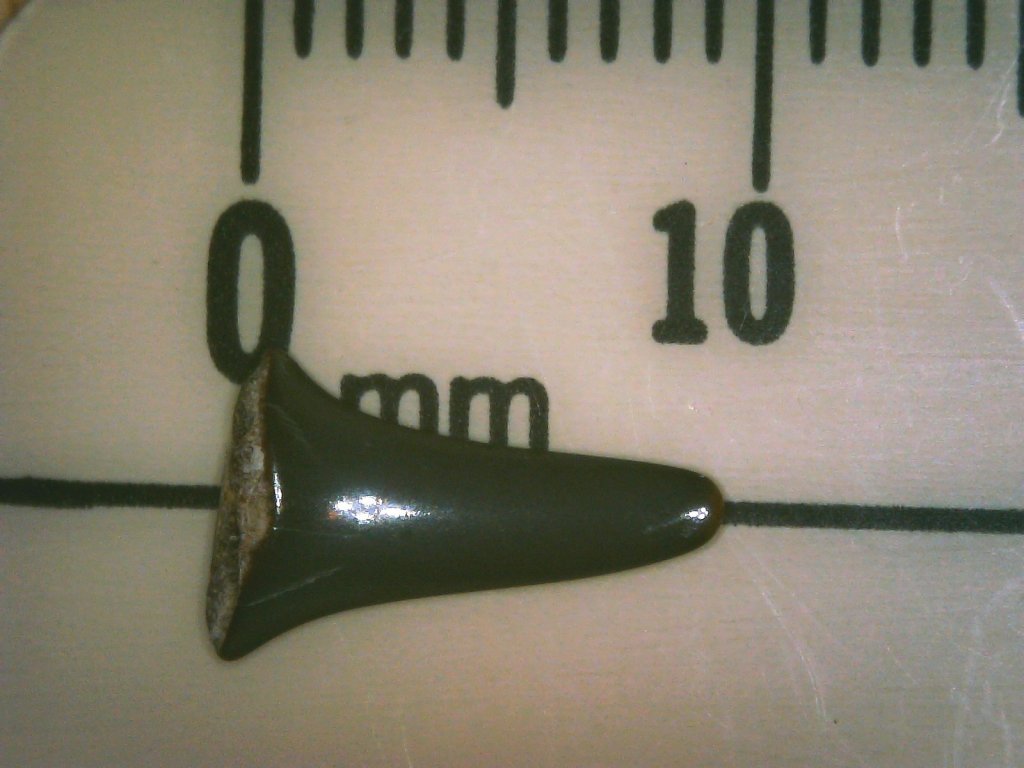
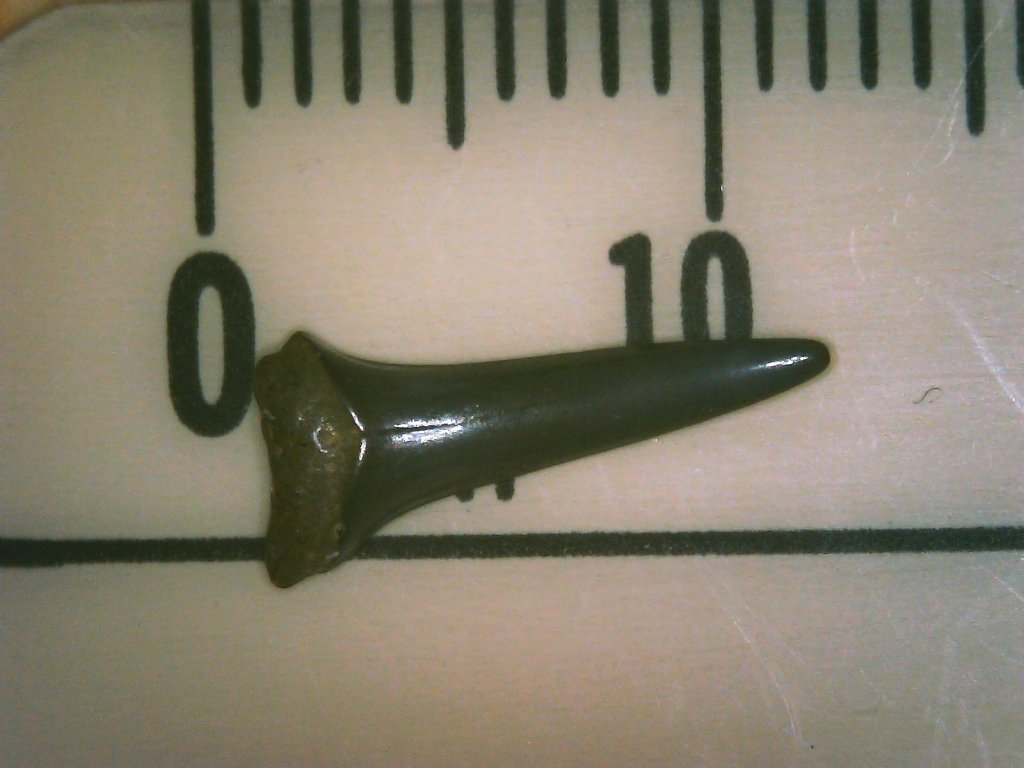
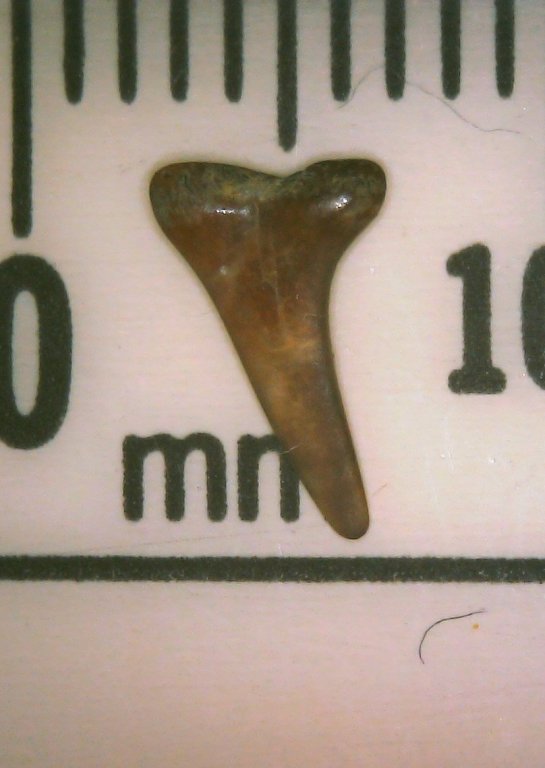
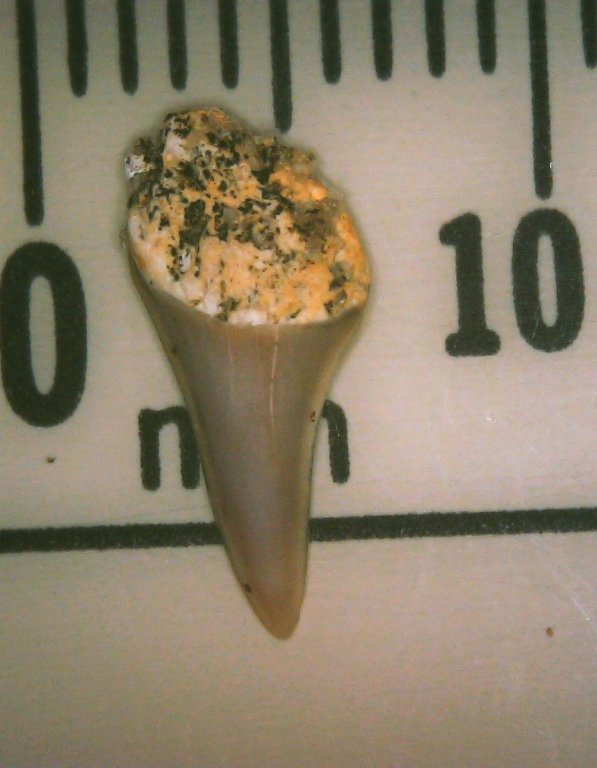
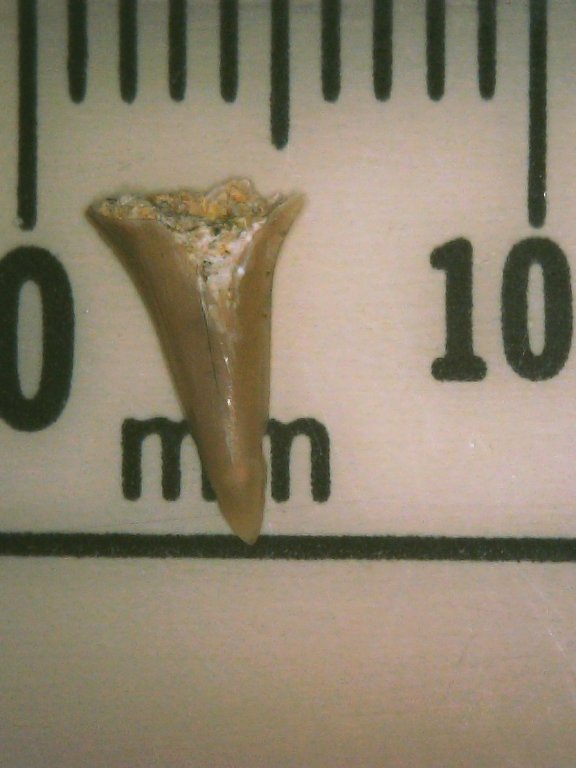
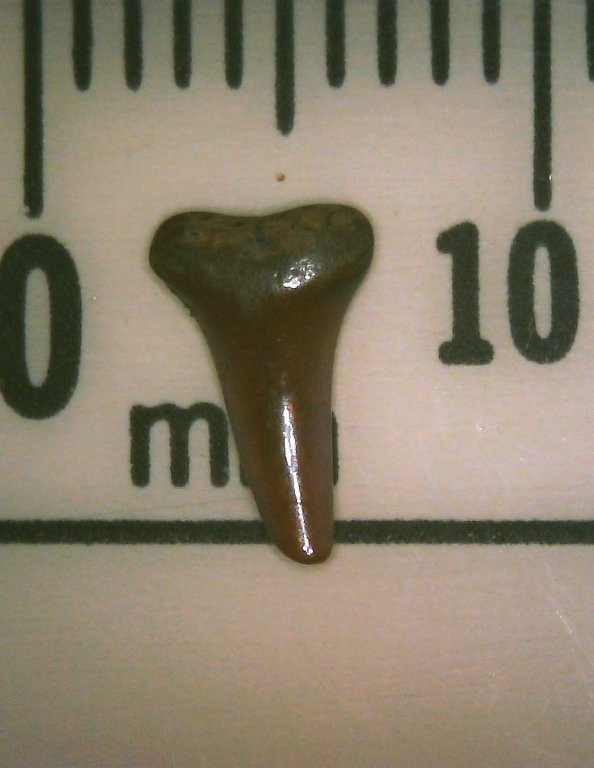
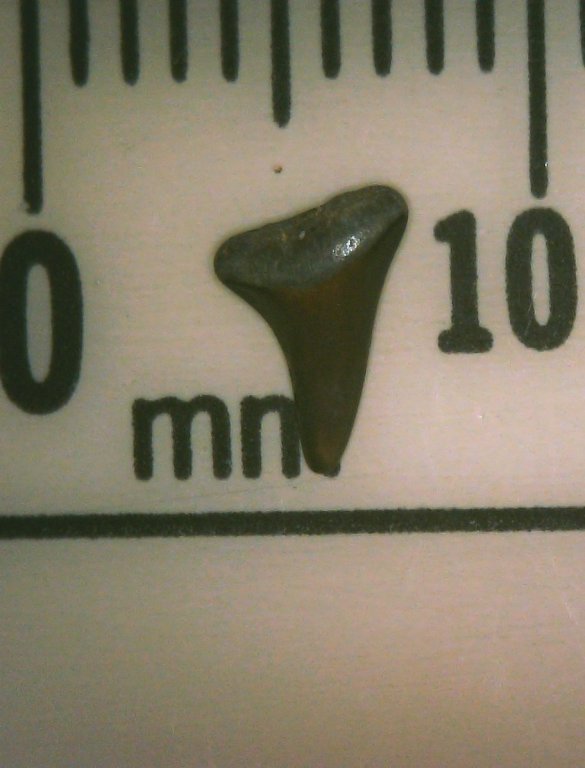
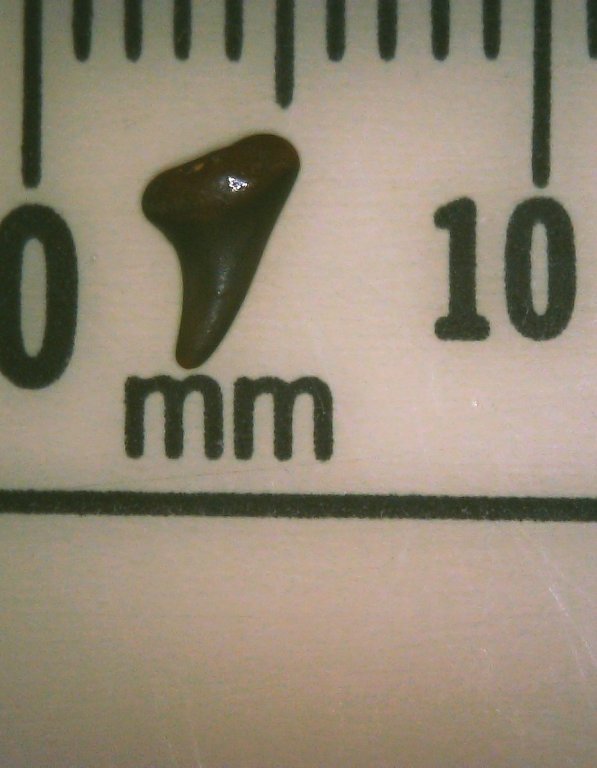
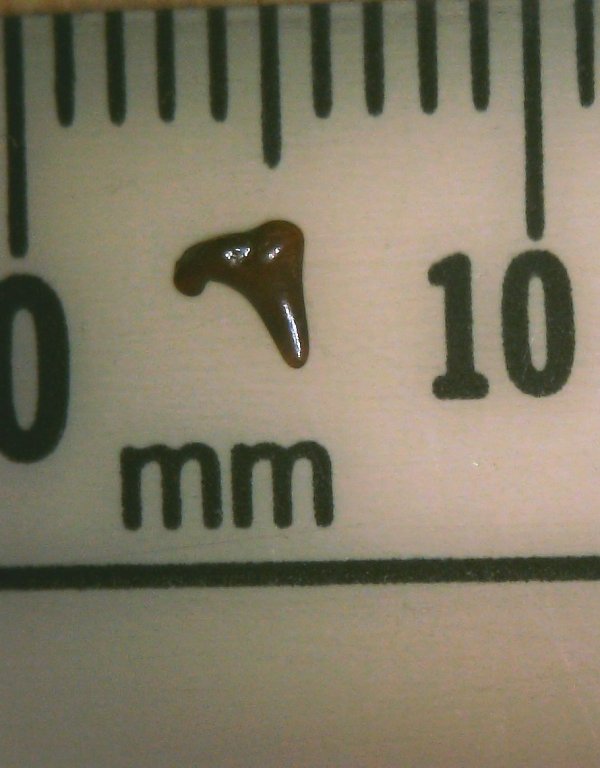 >
>